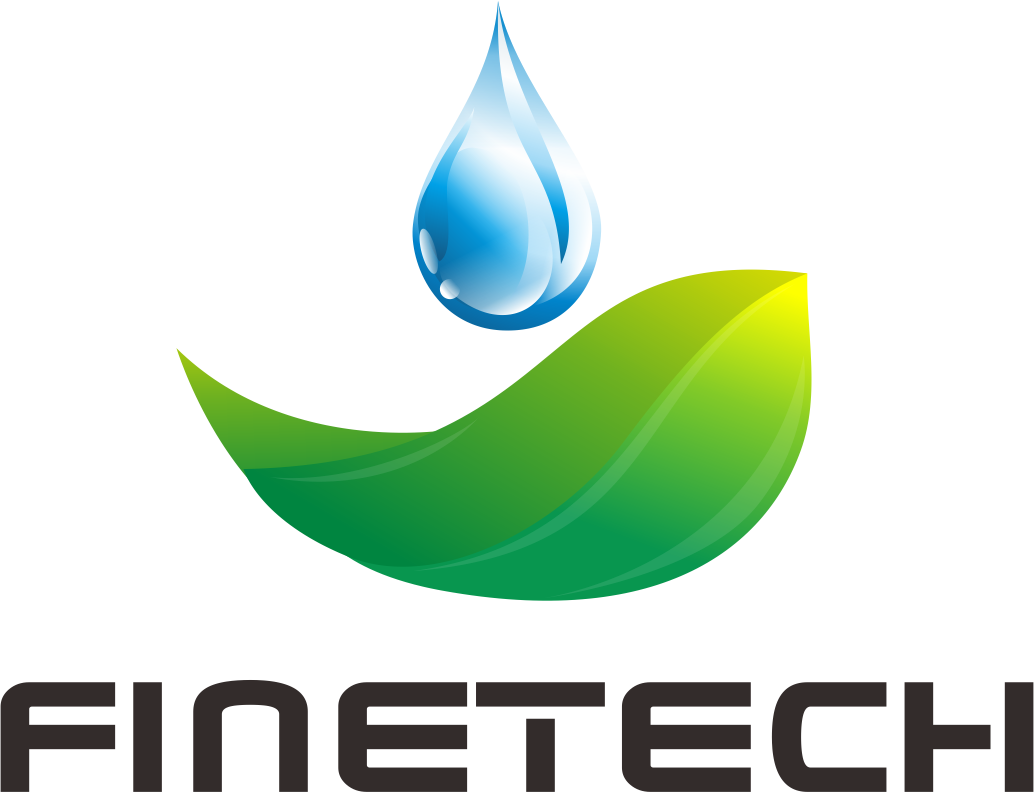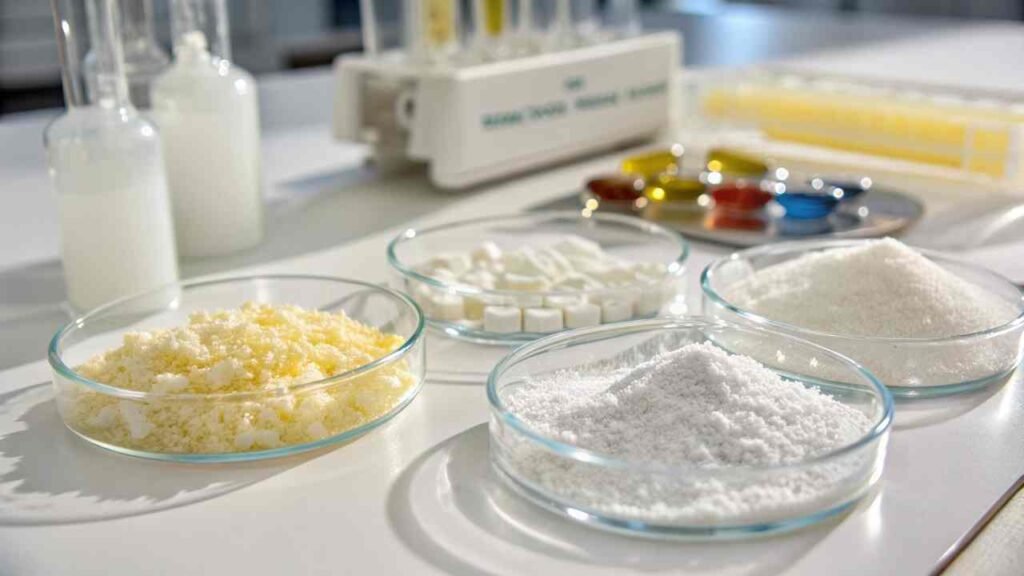Need Vitamin B1? Confused by mononitrate vs. hydrochloride? Let's quickly look at the main B1 forms for industry.
Industrial Vitamin B1 is mainly Thiamine Mononitrate (TM) or Thiamine Hydrochloride (HCl). They vary in stability, solubility, and thiamine content, guiding their use in foods and pharma.
At FINETECH, clients ask about Vitamin B1 forms. Choosing right is key for quality and cost. Let's simplify these common forms.
What are common Vitamin B1 forms like Thiamine Mononitrate versus Thiamine Hydrochloride?
Heard "thiamine mononitrate" and "thiamine hydrochloride"? What's the difference? Let's compare these two main B1 salts.
Thiamine Mononitrate (TM) is less likely to absorb moisture and is more stable in dry mixes. Thiamine Hydrochloride (HCl) dissolves much better in water.
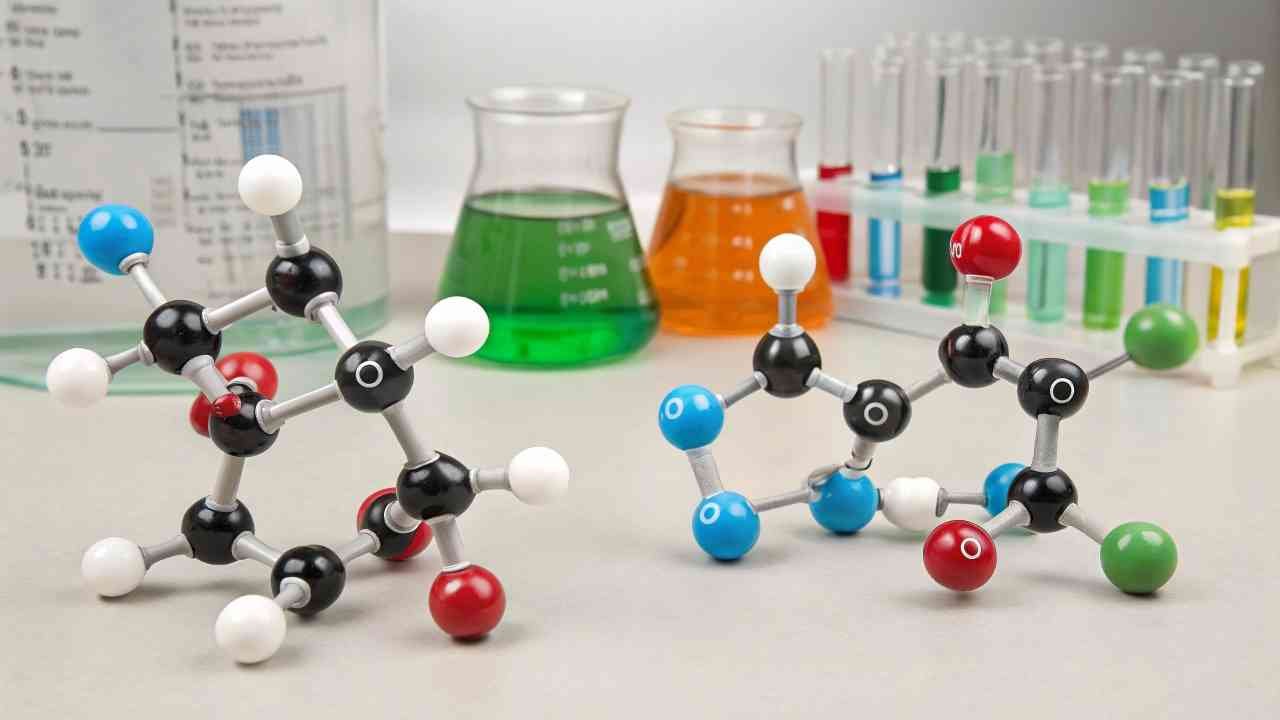
These are the two go-to synthetic salt forms of B1.
- Thiamine Hydrochloride (HCl)1:
- Solubility: Very high in water (good for liquids).
- Hygroscopicity: High (absorbs air moisture easily, can clump).
- Thiamine Content: ~78-87%.
- Uses: Liquids, pharmaceuticals.
- Thiamine Mononitrate (TM)2:
- Solubility: Lower in water (fine for dry blends).
- Hygroscopicity: Low (stable in dry mixes, less caking).
- Thiamine Content: Higher, ~85-92% (more B1 per kg).
- Uses: Preferred for dry foods (flour, rice, cereals), animal feeds.
Quick Comparison:
| Feature | Thiamine HCl | Thiamine Mononitrate (TM) | Why It Matters |
|---|---|---|---|
| Thiamine Content | Lower | Higher | TM gives more B1 per unit weight |
| Water Solubility | Very High | Lower | HCl for liquids, TM for dry |
| Moisture Pickup | High | Low | TM better for dry mixes |
| Main Use | Liquids, Pharma | Dry Foods, Feeds | Match form to product |
TM is often better for dry applications like flour fortification.
How stable are different Vitamin B1 types during food processing and storage?
Does B1 break down easily in food? How do heat or pH affect it? Let's check B1 stability.
Thiamine is sensitive to heat (especially if pH is neutral/alkaline), light, and sulfites. Thiamine Mononitrate is generally more stable in dry products than HCl due to less moisture uptake.
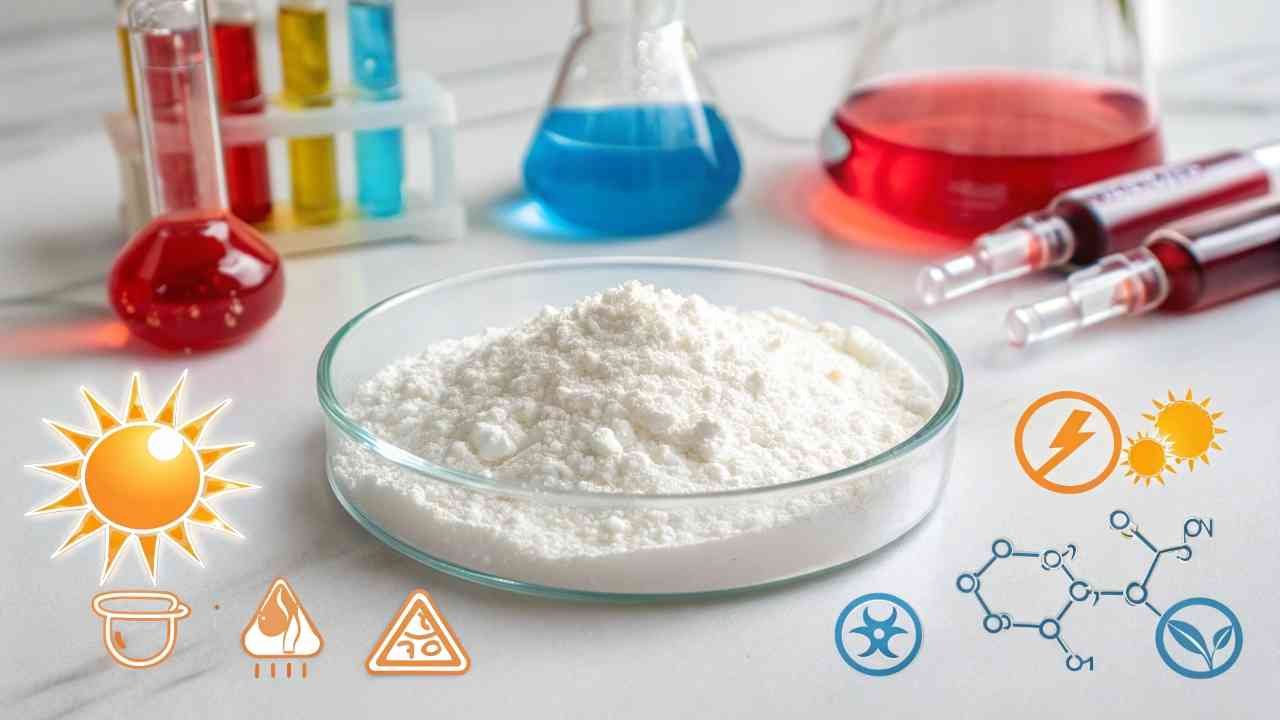
Vitamin B1 is not very stable. Key factors affecting it:
- Heat: Degrades with heat (baking, canning losses are common).
- pH: Most stable in acid (pH < 6). Degrades fast if neutral or alkaline (pH > 7).
- Moisture3: Speeds up degradation. TM's lower moisture pickup helps its stability in dry form.
- Light/Sulfites: Can also destroy thiamine.
For dry uses (flour, premixes), Thiamine Mononitrate is generally more stable because it doesn't attract moisture as much as Thiamine HCl. In solutions, their core thiamine stability is similar, mainly depending on pH and heat. Manufacturers often add extra B1 (overage) to account for processing losses.
Stability Factor:
| Factor | Impact on Thiamine | TM Advantage in Dry State |
|---|---|---|
| Heat / High pH | Degrades | Less moisture helps a bit |
| Moisture | Speeds Degradation | Less Moisture Pickup |
| Sulfites | Destroys | - |
TM's dry stability is a key benefit.
How does the solubility of various Vitamin B1 forms impact food manufacturing?
Need to dissolve B1 in water or mix it dry? How does solubility affect your choice?
Thiamine HCl's high water solubility is great for liquids (drinks, syrups). Thiamine Mononitrate's lower solubility is fine for dry blending (flour, cereals) and some wet uses.
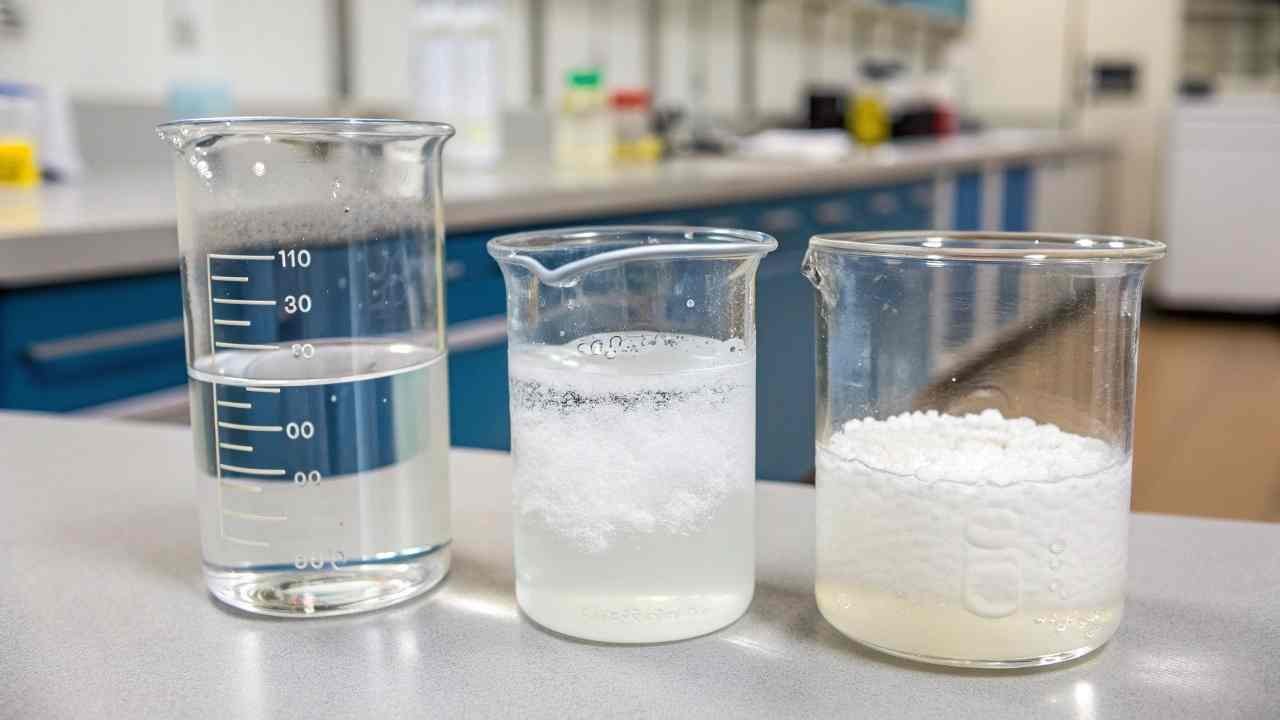
- Thiamine Hydrochloride (HCl): Dissolves very easily in water (~1g/mL). Perfect for vitamin drinks, syrups, or pharmaceutical injections where clear solutions are needed.
- Thiamine Mononitrate (TM): Less soluble in water (e.g., ~0.3g/100mL, but enough for many uses). Best for dry mixing into flour, cereals, or animal feed due to its good flow and lower moisture attraction. High solubility isn't needed here and can be a downside.
Application Fit:
| Product Type | Preferred B1 Form | Reason |
|---|---|---|
| Liquid Drinks | Thiamine HCl | High Solubility, Clear Solution |
| Dry Flour/Cereals | Thiamine Mononitrate | Good for Dry Mix, Low Moisture Pickup |
| Animal Feed | Thiamine Mononitrate | Stable in Dry, Cost-Effective |
Solubility dictates the best form for the manufacturing process.
Is there a notable difference in how well the body uses common forms of Vitamin B1?
Once you eat it, does it matter if B1 was TM or HCl? Is one absorbed better by the body?
No, both Thiamine Mononitrate and Thiamine Hydrochloride are absorbed well by the body. They are easily converted to active thiamine (TPP). Their bioavailability is considered the same.
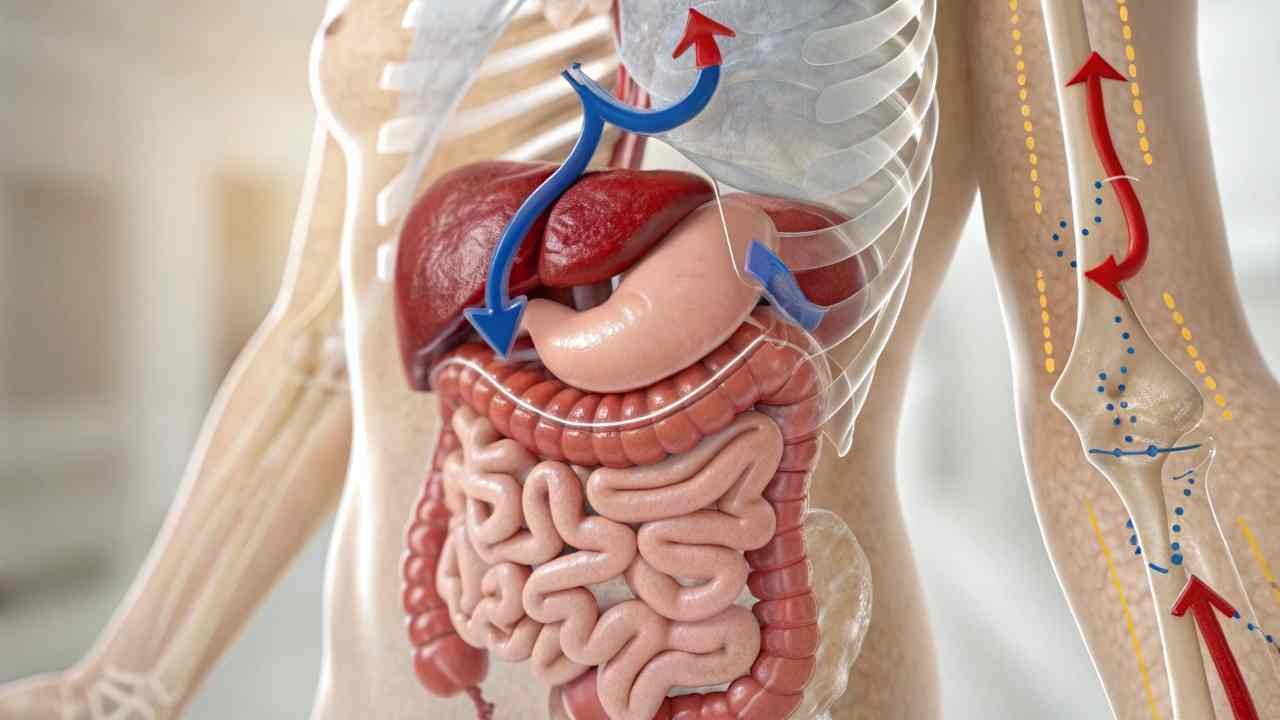
The body absorbs both TM and HCl effectively in the small intestine. They both release free thiamine4, which is then converted into the active form, thiamine pyrophosphate (TPP).
Regulatory bodies and science agree: for nutritional purposes, their bioavailability5 is equivalent.
The choice between TM and HCl for industry is based on their physical properties (stability, solubility, cost), not on how well the body uses them. Other, more expensive fat-soluble forms6 (like benfotiamine) exist for specialized supplements but aren't common for general food fortification.
Bioavailability:
| B1 Form | Bioavailability | Key Point |
|---|---|---|
| TM & HCl | Equivalent | Both well absorbed & utilized. |
| Benfotiamine | Potentially Higher | Specialized, more costly. |
Both TM and HCl effectively deliver B1.
How do manufacturers choose the best Vitamin B1 type for their products?
Facing a choice between B1 forms? How do you pick the right one for your specific food or drink? Let's summarize the key decision factors.
Manufacturers choose B1 based on: product type (dry/liquid), processing (heat, pH), stability needs, cost, handling (solubility, moisture pickup), and regulations.

Key factors:
- Dry vs. Liquid Product:
- Dry (flour, cereal): Thiamine Mononitrate (less moisture pickup, stable).
- Liquid (drinks): Thiamine Hydrochloride (dissolves easily).
- Stability & Storage: TM is better for dry, long-shelf-life products due to low moisture attraction.
- Cost & Potency: TM has more B1 per kg, potentially saving cost. Prices vary.
- Handling: TM is easier for dry blending. HCl for making solutions.
- Regulations: Both widely approved.
Decision Summary:
| Factor | Prefer TM for... | Prefer HCl for... |
|---|---|---|
| Product Form | Dry Mixes | Liquids |
| Stability | Dry, Humid Conditions | Controlled Solutions |
| Solubility | (Less Critical for Dry) | Need to Dissolve |
| Cost | Higher Potency Benefit | (Factor in usage) |
Manufacturers weigh these to pick the best B1. FINETECH helps clients make this choice.
Conclusion
The main industrial Vitamin B1 forms are Thiamine Mononitrate (TM) and Hydrochloride (HCl). TM suits dry uses for stability; HCl suits liquids for solubility. Both are well-absorbed.
-
Explore the benefits of Thiamine Hydrochloride (HCl) to understand its role in health supplements and pharmaceuticals. ↩
-
Learn about Thiamine Mononitrate (TM) and its applications in food products, especially in enhancing nutritional value. ↩
-
Learning about moisture's impact on vitamin stability will deepen your knowledge of food preservation and nutrient retention, crucial for health. ↩
-
Free thiamine is essential for various bodily functions. Learn how the body uses it effectively for health and energy. ↩
-
Understanding bioavailability is crucial for making informed dietary choices and optimizing nutrient intake. ↩
-
Exploring fat-soluble forms can enhance your knowledge of essential nutrients and their roles in health. ↩
